Description
Epimedium fargesii ‘Pink Constellation’
(OG 93023) Epimedium fargesii ‘Pink Constellation’ is a selected form, collected by Mikinori Ogisu and later given a cultivar name. It is distinguished by the colouration of the flowers, being pink on the inner sepals and purple in the petals. In other respects like the species, so I have copied that description hereafter. An elegant plant with strong flowering stems bearing a pair of tri-foliate beautiful bronzy leaflets set amongst an elegant spray of pendulous white and violet deeply reflexed flowers reminiscent of a stellar pelargonium or miniature shuttlecock. Individual flowers are 3 – 3.5cm wide with the outer sepals creating a delicate starry effect. The inner petals are purple violet and arch back into the sepals whilst the stamens protrude, creating an ochre coloured ‘beak’. The flower stems can be between 20-50cm high. The leaves are in 3 leaflets, long, arrow-shaped and a beautiful pinky bronze when young, remaining irregularly red blotched when older. They are softly pink and serrated, thick textured and persist well into winter. The fact that the leaf edges undulate with alternate paler green spines pointing either up or down creates real texture and interest. Subgenus Epimedium, Section i, D Series – Brachycerae
‘Delightful at all times for many of them are evergreen, their Spring leaf tints which follow the flowers are delicious, and in Autumn they fall into tone with the season with rich tints of brown, russet and gold.’ – A.T. Johnson
Epimediums are a rare thing; they are both exquisitely beautiful and highly tolerant in regard to growing conditions. In British gardens they grow well in all but the wettest and most alkaline soils, with many being very tolerant of dry conditions where they can provide superb ground cover; the Epimedium x perralchicum varieties excel particularly as do forms of Epimedium x versicolor. The one constant is that they all require a degree of shade. Whilst many do cope well with dry shade, more moisture and humus in the soil is beneficial. It tends to be the Japanese species that are least tolerant of alkaline conditions and the Mediterranean and Caucasus species that are most tolerant of dry. It is the Chinese species that tend to need a little more protection in Winter.
In order to best view the flowers, and in many cases to get the best from the beautifully marked new leaves it can be beneficial to cut away all of the old leaves in early Spring just as the flower spikes break the surface. In this way you get the best from the evergreen foliage and the best from the flowers.
Epimediums are members of the same plant family as the shrubs Berberis and Mahonia, a fact that may not be obvious from the foliage, but makes a lot of sense when the flowers are seen at close quarters. Across the Genus the flowers vary greatly in shape. In some the sepals are well rounded and the flowers face out, but in others the flowers hang and the sepals are long spurs giving the flower a crab –like shape.
Barrenworts occur in the wild from the Mediterranean East to Japan with their greatest numbers being found in the Orient.
The common name ‘barrenwort’ comes from a belief that the root could prevent women becoming pregnant. This may be of some comfort when you consider other common names, such as horny goat weed, which stems from the legend of a Chinese goat herder noticing increased sexual activity in his animals after eating Epimedium. The dried leaves of Epimedium grandiflorum are used as a tonic in China called Fang-chang tsao (translated as ‘give up stick’) on account of its tonic effect on the elderly.
Epimedium – Berberidaceae
Bishop’s Hat, Bishop’s Mitre, Barrenwort, fairy wings, horny goat weed, rowdy lamb herb, randy beef grass, yin yang huo.


















































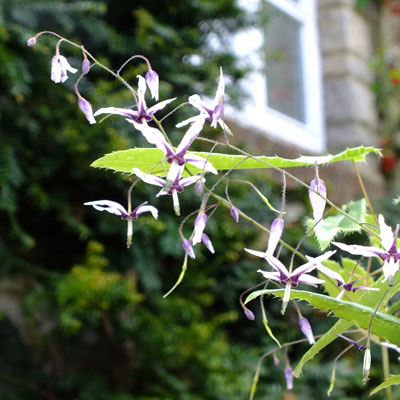
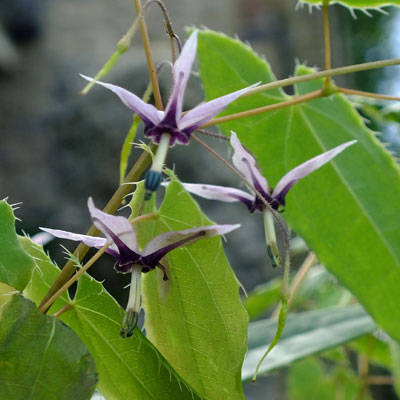
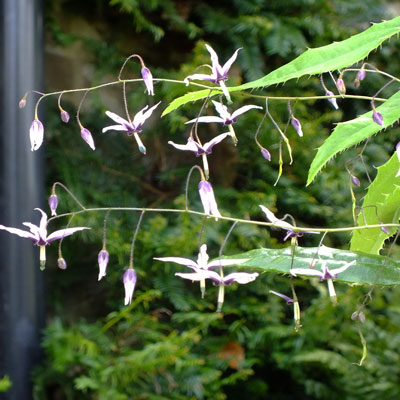


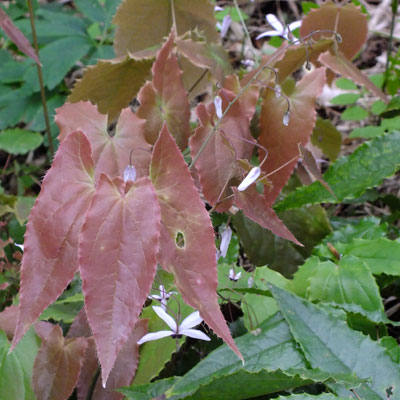
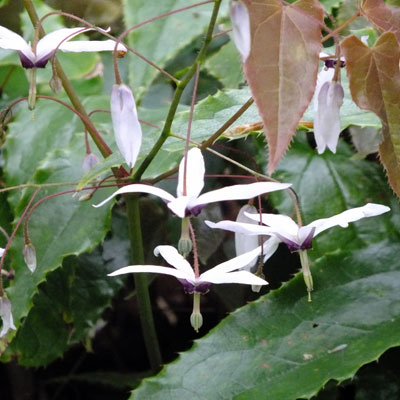

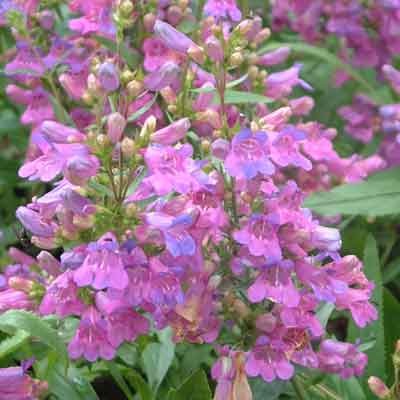

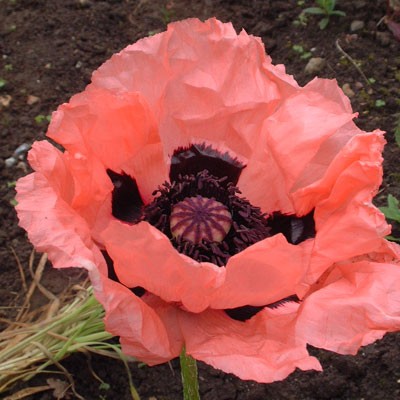

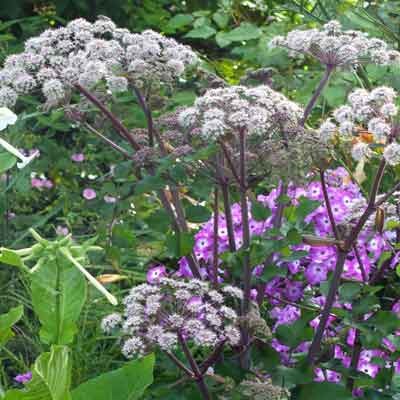
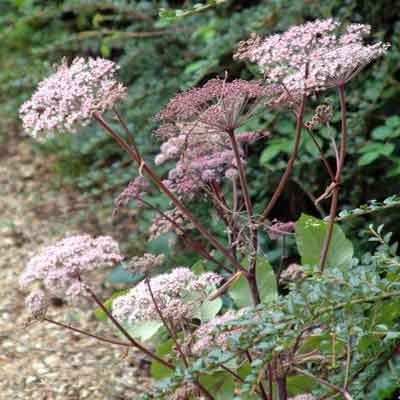
Reviews
There are no reviews yet.